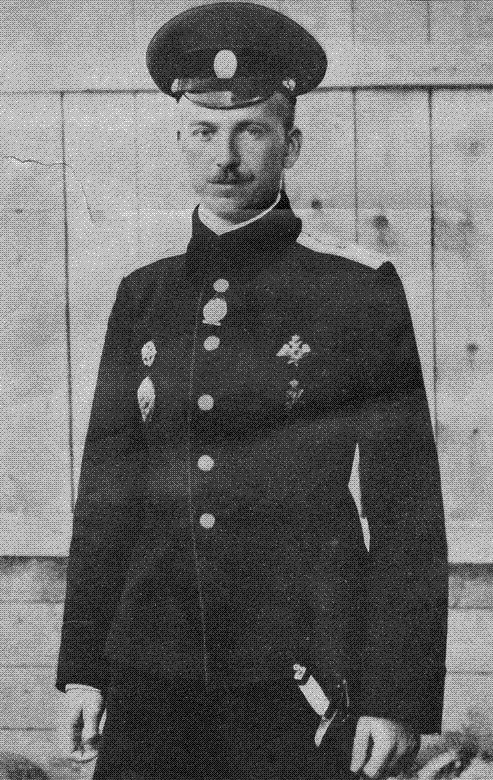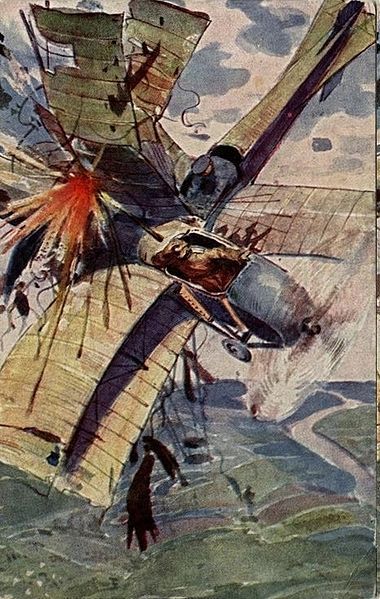Dear Forum Members,
I Would like to share some of my knowledge, and personnel opinion (Japanese perspective) on KAMIKAZE. As this is one of my favorite topics. Many people (including Japanese) were unaware of the truth behind KAMIKAZE. They were taught the wrong information at school since after The Great East Asia War (大東亜戦争 Dai TouA Sensou: Formal Japanese Term. 太平洋戦争 Taiheiyou Sensou ---Pacific War: Term started using after the war influenced by U.S.). Since I' m Japanese and a military buff, would like to use this thread to explain and exchanging information about KAMIKAZE and related materials. Please feel free to express your thoughts and feelings (might get emotional in some situations), but I hope this tread will help us better understanding more about one of the biggest mysteries of The Great East Asia War.
Thank you and regards,
Taka
Topics would like to cover are: (Japanese and Western Perspectives)
- The history of KAMIKAZE
- The use of Kamikaze (Recruiting, Before and after Missions, Tactics...)
- Weapons used by KAMIKAZE (Ohka bomb, Maru-re Boats, Kaiten Human Torpedoes....)
- Scenarios: Air/Air (Ramming B-29s), Air/Water (Aim for the Carriers), Water/Water (Yamato' s Final), Water/Underwater (Mine Sweeping Divers), Ground/Ground (Suicide Tanks)
- Post War KAMIKAZE (What' s the message for us)
Photo (Left): Hit by anti-aircraft guns. A Japanese Kamikaze aircraft's final moment before plunging into Aircraft carrier U.S.S. Essex, off the Philippine Islands. November 25th, 1944.
日本帝國海軍 Nippon Tei-koku Kai-gun - Imperial Japanese Navy (Abbr, IJN)-----------
日本帝國陸軍 Nippon Tei-koku Rikku-gun - Imperial Japanese Army (Abbr, IJA)-------
神風 KAMIKAZE - Japanese meaning "God Wind", for English "Divine Wind". (Other pronunciation are Shinpu, or Ka he events. After 663 years (1944), the term was then used on the Special attacking unit against the invading Allied Forces. An attempt to recover from a hopeless situation, but failed at last.
特別攻撃隊 Tokubestu Kougekitai - Special Attacking Unit. 特攻 Tokkou for short. Referring using special weapons to commence a suicidal attack. There were two categories: 決死 Ketshi and 必死 Hitshi.
決死 Ketshi - Prepare to die, but with some chances of survival. (Ex. 甲標的 Kouhiyouteki- Midget Submarines ) However this term can be use on ordinary pilots (Japanese) because every mission is Ketshi.
Photo (Right): A Midget Sub now displaying at Etajima Navy Academy, Hiroshima.
必死 Hitshi - (Planned to die or Kamikaze missions) Loading bombs, explosives on aircafts, boats, submarines to perform a suicidal attack on targets. Inevitable death. In some rear situations, few pilots were able to survive after crashing into the sea.
There were quite a few methods for Kamikaze attacks: (List of terms, will be explained in detail later on)
空中特攻 (Kuu-chuu Tokkou) - Air to Air Tokkou (Aircraft to Aircraft)
水中特攻 (Sui-chuu Tokkou) - Underwater Tokkou (Submarine to Surface Vessels)
水上特攻 (Sui-jyou Tokkou) - Above Water Tokkou (Speedboats to Vessels)
空挺特攻 (Kuu-tei Tokkou) - Paratroop Tokkou (Paratroopers to Ground Targets)
陸上特攻 (Riku-jyou Tokkou) - Ground to Ground Tokkou (Tanks to Tanks)
The selecting of weapons depends on which type of Tokkou. After selecting, the next step is to choose the crews for the Tokkou.
There were two terms for the Tokkou crews:
特攻要員 (Tokkou You-inn) - Personnel that were needed for Tokkou. (Ready for training)
特攻隊員 (Tokkou Tai-inn) - Tokkou crews (When final order was given to the Tokkou personnel, which meant that they were qualified for "Official" Kamikaze pilot)
[SIZE=2]Photo (Left): - Chosen Tokkou personnel (IJN) of Unit 256 based in Shanghai Longhua (龍華) Base, China. The aircraft at the back might be a Nakajima Type 97 (3rd Variation) Torpedo Bomber. (Date Unknown)
Most Kamikaze pilots were aged 18~24 (average age would be 19), and youngest pilots were only 16 yrs. Estimation shows that around 5000+ (IJA/IJN pilots alone, not including other Tokkou) were perished. About 1/5 of them were student soldiers (学徒兵).
学徒兵 Gaku-to Hei - Student Soldiers. During 1943, Japan was short of military personnel. Students (ages 20 or above) with high-level education were to be drafted. In October, 1944 the drafting age deceased to 19. At the end, a total of 130,000 students were drafted, which also include students from Formosa (Now Taiwan), China, and Korea. From end of 1944~Aug 15, numerous Gaku-to Hei were became Kamikaze pilots.


Photo (Left): Gaku-to Hei marching towards their barracks. (Date Unknown).......Photo (Right): Possible photo of (IJA) Gaku-to Hei pilots, before taking off. (Date unknown)






 .
.






Bookmarks